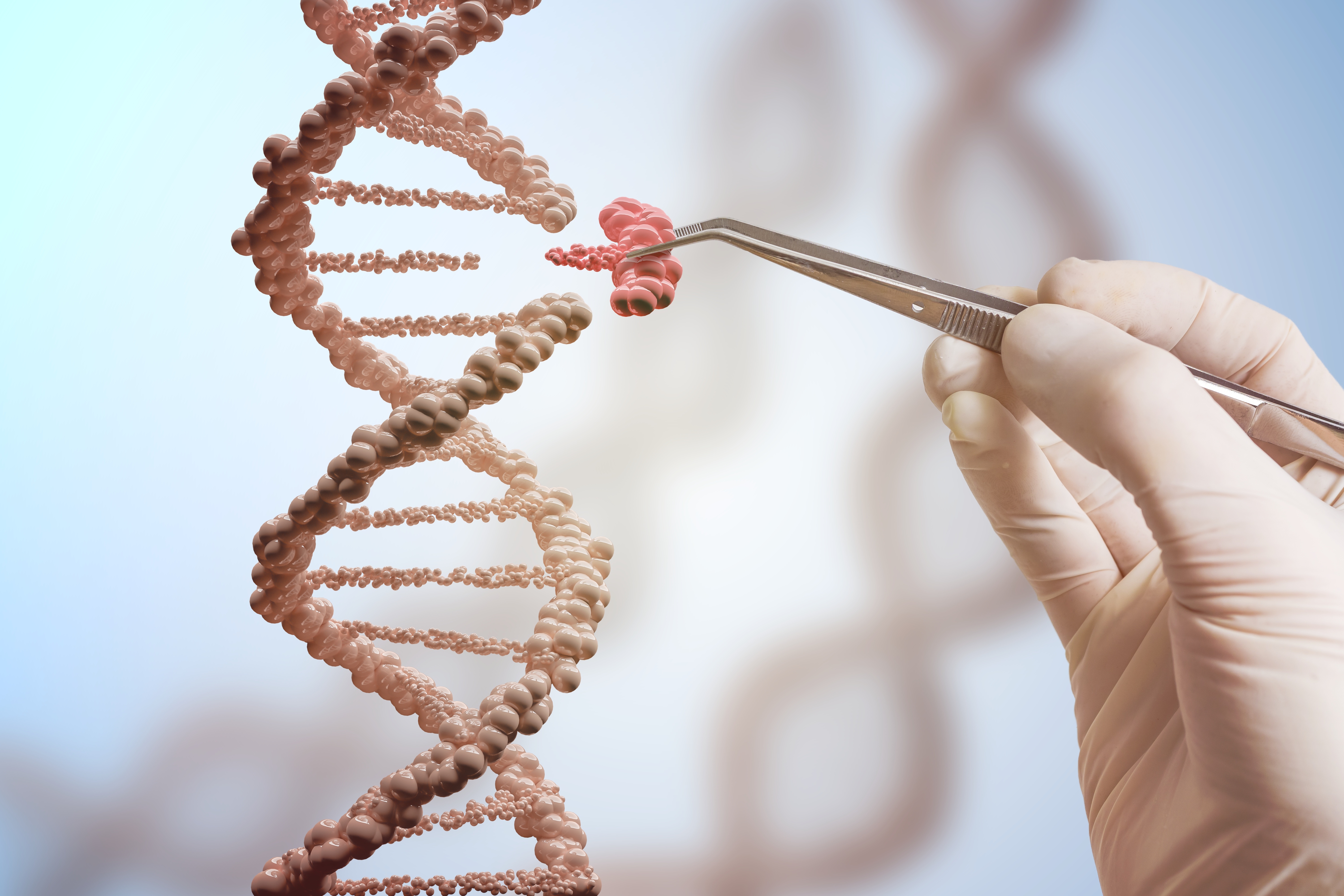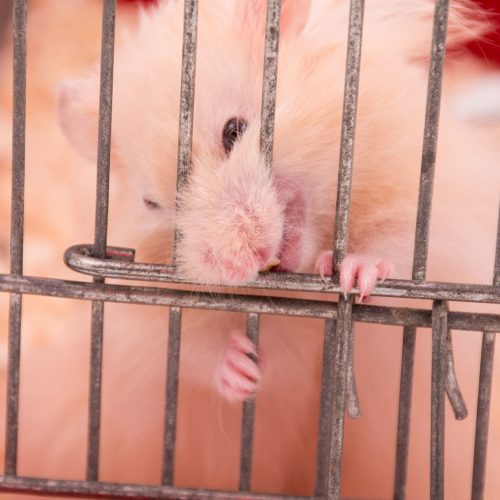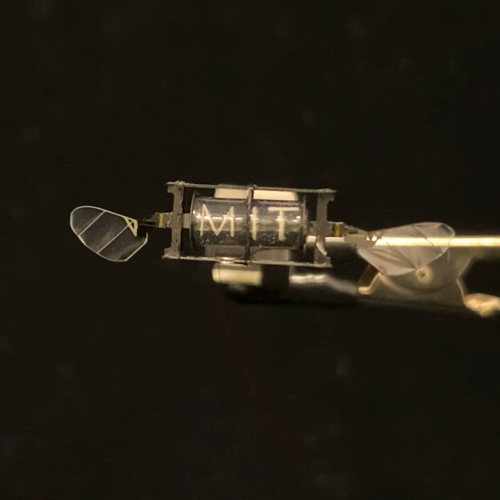People with cat allergies may be able to have a cat sometime in the future thanks to gene-editing technology. Of course, the creation of truly hypoallergenic cats is far off. But, scientists believe they could use CRISPR, a gene-editing tool, to remove the gene responsible for creating the protein that causes cat allergies.
How bad are cat allergies today?

Cats are everywhere, plus they make great pets. That’s why dealing with cat allergies has become such a huge problem for many people. A study from 2018 says that between 10 to 20 percent of the world’s population deals with cat allergies of some kind. One of the big culprits of these allergies is a protein called Fel d 1.
When cats produce this protein, it ends up in their saliva and tears. It is then transferred, obviously, to their fur through constant cleaning. From there, it’s transferred to our homes as they shed their hair and it blends with the dust around the house. It’s a constant cycle and one that has left many people dealing with terrible allergies over the years.
Sure, there are some hypoallergenic cat breeds out there. However, they all still create this protein, just some in lesser quantities. So, while they may not produce Fel d 1 levels that are dangerous, they can still lead to an allergic response over time.
Making a truly hypoallergenic cat

It’s this widespread allergy issue that has led scientists at the Virginia-based biotech company InBio to investigate making a truly hypoallergenic cat. The company published a study on the matter earlier this week in The CRISPR Journal, detailing how they think they can accomplish this goal.
The scientists say they analyzed the DNA of 50 domestic cats and found regions along two genes that they believe are primarily responsible for producing Fel d 1. They also found that these regions may be suitable for editing using CRISPR’s gene-editing technology. The researchers then compared their domestic findings with those of eight wilder cat species.
Here, they found a large discrepancy between the levels of Fed d 1 in the different groups. This, they say, could indicate that Fel d 1 is not essential to cat biology. As such, they believe they can remove it without posing a health risk to the cats involved. They tested this theory by editing cat cells in the lab using CRISPR. The results produced no off-target changes in the areas where they thought it might occur.
Of course, there’s still a long way to go before these scientists start breeding hypoallergenic cats. Still, it’s interesting to look at how tools like CRISPR allow us to change things at a genetic level. We’ve also recently seen gene-editing take a fascinating approach in genetically modified mosquitos. Allowing scientists to create a subspecies capable of helping cull the population of disease-carrying insects.










